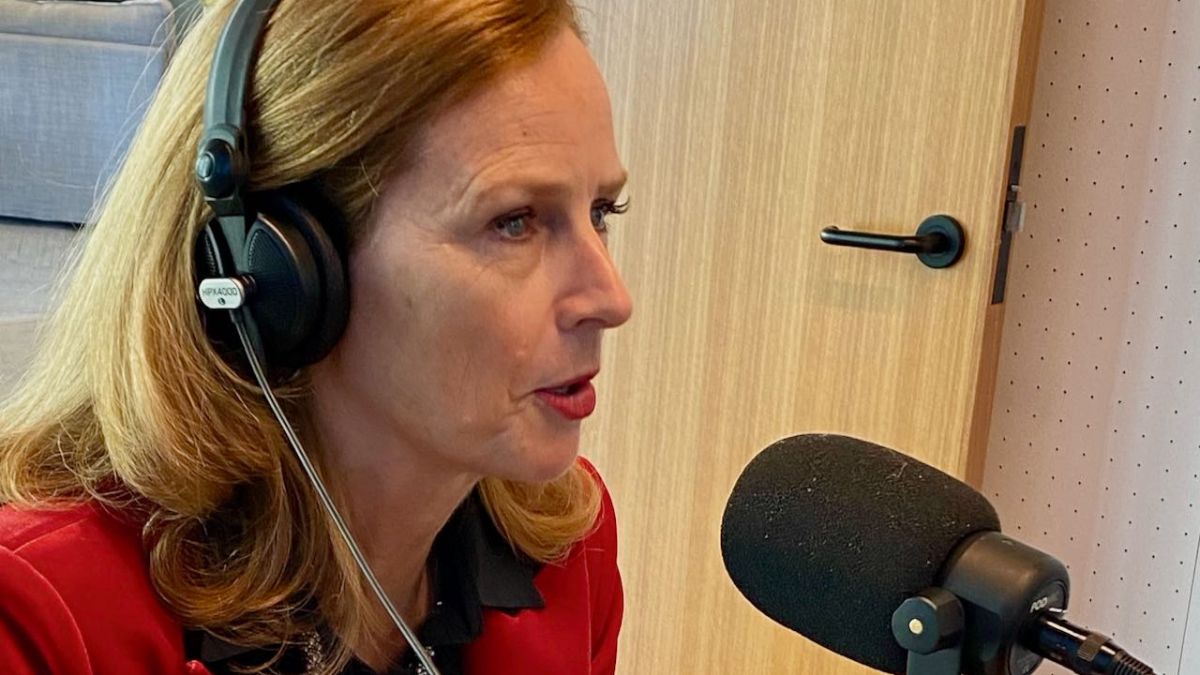My Definitive Guide from Idea to Your First Episode
There is a unique and powerful magic in the human voice. It can convey nuance, emotion, and authenticity in a way that the written word sometimes cannot. It’s the reason we lean in to hear a well-told story, the reason a trusted voice can feel like a friend, and the reason that, in a world of endless digital noise, one of the most powerful ways to connect is by simply talking.
This is the power of podcasting.
For years, I have shared my thoughts and experiences through my blog, my books, and on stages around the world. But a few years ago, I felt a pull to a new medium. I wanted a way to have more in-depth, candid, and personal conversations. I wanted to create a space where I could not just share my own lessons, but also learn from the incredible founders and leaders in my network, bringing their stories and wisdom directly to you.
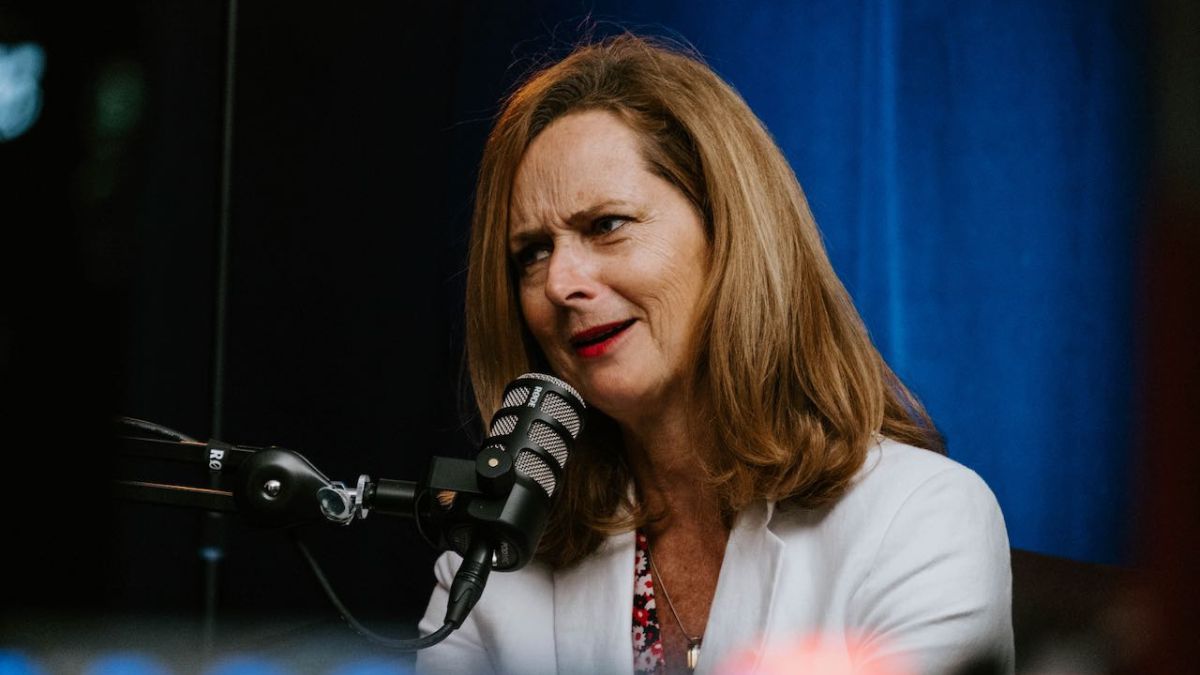
And so, my podcast, Handpicked with Naomi Simson, was born.
Since then, I have been asked countless times by fellow entrepreneurs, aspiring leaders, and curious creators: "How do you do it? How do you start a podcast?" They see the finished product—a polished episode that appears magically in their feed each week—but they are mystified by the process behind it.
They are often surprised by my answer. Starting a podcast is far more accessible than you think. The technology is no longer a barrier. The real work, and the real secret to success, lies not in having the most expensive microphone, but in having a clear strategy, a compelling voice, and an unwavering commitment to providing value to your listener.
Today, I want to demystify the entire process for you. This is not a technical manual for audio engineers. This is a founder’s strategic, practical, step-by-step guide on how to take that idea in your head and turn it into a high-quality podcast that can build your brand, grow your community, and make a real impact.
The Foundation - Finding Your "Why" and Your "Who"
Before you even think about a microphone or a name for your show, you must answer two fundamental, non-negotiable questions. Skipping this step is the number one reason most podcasts fail, fading away after just a handful of episodes. This is the strategic bedrock.
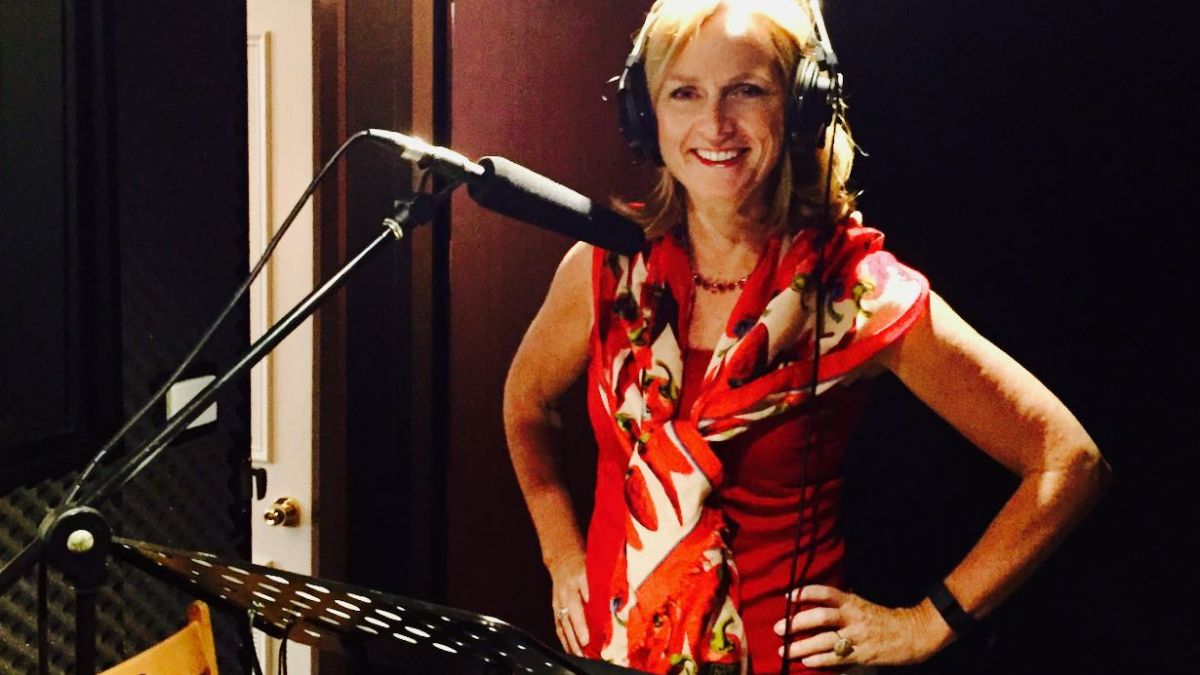
1. Discover and Define Your "Why" (Your Show's Purpose)
Why are you starting this podcast? "Because everyone else is," or "Because I want to be a thought leader" are not good enough answers. Those are self-serving motivations, and a podcast built on a selfish foundation will never resonate.
Your "why" must be about your listener. It must be a mission of service.
- What problem are you obsessed with solving?
- What unique perspective or experience do you have to share?
- What is the one, single transformation you want your listener to experience after listening to an episode?
For my podcast, the "why" was crystal clear: to provide ambitious, time-poor business owners with practical, real-world advice and inspiring stories that they could immediately apply to their own journeys. I wanted to democratize the kind of high-level mentoring conversations that usually only happen behind closed doors.
Your "why" is your compass. It will guide your choice of guests, the questions you ask, and the tone of your show. It is the fuel that will keep you going when you’re staring at a blank page of show notes on a Tuesday night.
2. Identify Your "Who" (Your Ideal Listener)
You cannot create a successful show for "everyone." If you try to appeal to everyone, you will end up being bland and forgettable, appealing to no one. You must have a crystal-clear picture of your single ideal listener.
Create a detailed profile of this person.
- Who are they? What is their job?
- What are their biggest professional or personal challenges right now?
- What are their deepest aspirations?
- What other podcasts do they listen to? What books do they read?
- Most importantly: What are the questions they are secretly typing into Google at 10 p.m. at night?
When you know exactly who you are talking to, every creative decision becomes easier. You are no longer broadcasting into a void; you are having an intimate conversation with one specific person. This creates a powerful sense of connection that will turn casual listeners into loyal, raving fans.
The Blueprint - Designing a Show That Stands Out
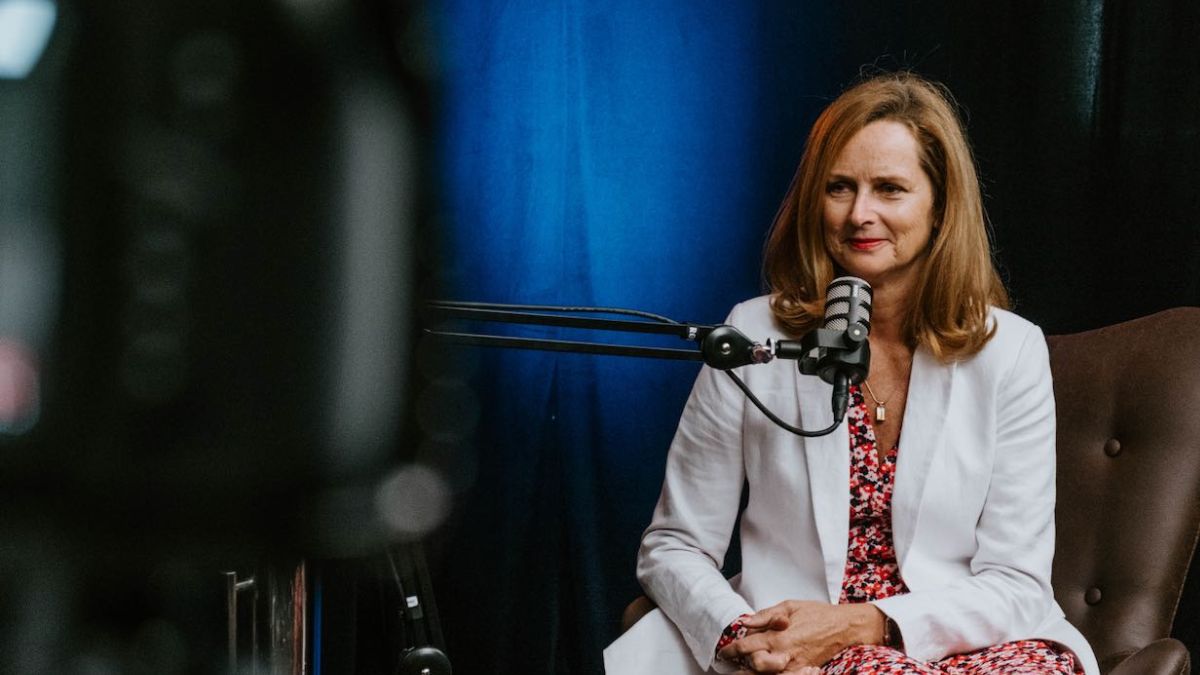
Once your strategic foundation is set, you can start to design the creative blueprint for your show. This is about making deliberate choices that will make your podcast unique and compelling.
1. Choose Your Format
There are several proven formats, each with its own pros and cons.
- The Solo Show: This is just you and a microphone, sharing your expertise. It's the easiest to produce but requires you to be an engaging and well-prepared speaker.
- The Interview Show: This is the format I chose for Handpicked. You bring on guests to share their stories and expertise. It's fantastic for bringing in diverse perspectives and leveraging your guests' audiences, but it requires research, scheduling, and good interview skills.
- The Co-Hosted Show: Two or more hosts have a dynamic conversation. This can be incredibly engaging and fun, but it requires real chemistry between the hosts.
- The Narrative/Storytelling Show: This is a highly produced, documentary-style show with sound effects, music, and multiple voices. It's the most compelling format but also the most time-consuming and expensive to create.
Choose the format that best serves your "why" and plays to your personal strengths.
2. Craft Your Brand Identity
Your podcast needs a brand that is memorable and clearly communicates its value.
- Your Name: It should be clear, concise, and ideally, hint at the show's core promise. I chose Handpicked because it reflected my process of curating specific, high-value advice and guests for my audience.
- Your Cover Art: This is your digital billboard. It needs to be professional, eye-catching, and easy to read even as a tiny thumbnail on a phone. Invest in a professional designer for this; it is not the place to cut corners.
- Your Music: Your intro and outro music sets the entire tone for your show. Is it energetic and upbeat? Is it thoughtful and calm? Choose a piece of royalty-free music that matches the feeling you want to create.
3. Plan Your First "Season" of Content
Don't just think about your first episode; think about your first 8-10 episodes. Brainstorm a list of potential topics or guests. This does two powerful things:
- It proves to you that you have enough ideas to sustain the show.
- It allows you to batch-record your first few episodes, which is a lifesaver for staying consistent in the early days.
The Engine Room - Recording, Editing, and the Magic of Production
This is the part that intimidates most people, but I promise you, the technology is more accessible than ever. The key is not to have a Hollywood-level studio, but to master the basics of good, clean audio. Your listeners will forgive an amateur host, but they will not forgive bad audio.
1. Your Recording Setup (The "Good, Better, Best" Approach)
- Good (Getting Started): A quality USB microphone (like a Blue Yeti or an Audio-Technica AT2020) plugged directly into your computer. Record in a quiet room with soft furnishings (like a closet or a bedroom) to reduce echo. This is more than enough to create a great-sounding show.
- Better (Remote Interviews): If you are interviewing guests remotely, you must use a platform that records each person's audio locally. This is the secret to making remote interviews sound like you're in the same room. The audio is recorded directly on each person's computer, so it's not affected by a bad internet connection.
- Best (Professional Setup): An XLR microphone going into a dedicated audio interface. This gives you more control and slightly better quality, but for most podcasters, it's not necessary at the beginning.
2. The Editing Process (Making it Shine)
Editing is where you remove the mistakes ("ums," "ahs," long pauses), balance the audio levels, and add your intro/outro music. This is what turns a raw recording into a professional-sounding episode.
- The DIY Route: You can absolutely learn to do this yourself. Software like Audacity is free and powerful, while Descript has a revolutionary approach that lets you edit your audio by simply editing the text transcript.
- The Outsourced Route: If the technical side feels overwhelming, there are thousands of talented freelance podcast editors you can hire on platforms like Upwork or Fiverr. For a reasonable fee, they can take your raw audio and turn it into a polished, finished product. This can be one of the best investments you make, freeing you up to focus on creating great content.
3. My Recommended Podcast Tools
Navigating the world of podcasting tools can be overwhelming. Here is a curated list of the platforms and software I trust and recommend, broken down by function.
The Launch and Beyond - Sharing Your Voice with the World
You have your strategy, your brand, and your first few episodes recorded and edited. Now it's time to launch.
1. The Launch Burst Strategy:
Don't just quietly release your first episode. Plan a "launch burst."
- Launch with 3-5 episodes. This gives new listeners a back-catalogue to binge on and shows that you are serious about the show.
- Coordinate your promotion. Tell your email list, post on all your social media channels, and, most importantly, ask your network for their support. Ask your guests from the first few episodes to share it with their audiences on the same day.
- Ask for Ratings and Reviews. The number of downloads, ratings, and reviews you get in the first 48 hours is critical. It signals to the algorithms at Apple Podcasts and Spotify that your show is worth paying attention to, which can help you get featured in the "New & Noteworthy" section.
2. Consistency is King:
This is the single biggest factor in long-term success. You must show up for your audience, consistently, on the day you promise. Whether you publish weekly, fortnightly, or monthly, pick a schedule and stick to it. Consistency builds trust and creates a habit for your listeners.
3. Listen to Your Listeners:
Once your show is out in the world, your job is to listen. Read your reviews. Ask for feedback. What topics are resonating? What guests did they love? Your audience will tell you exactly what they want more of. Let them be your guide. For Handpicked, I am always listening to the challenges that founders are facing, which directly inspires episodes like "Do best friends make good business partners?" or "How to go from Zero to Hero."
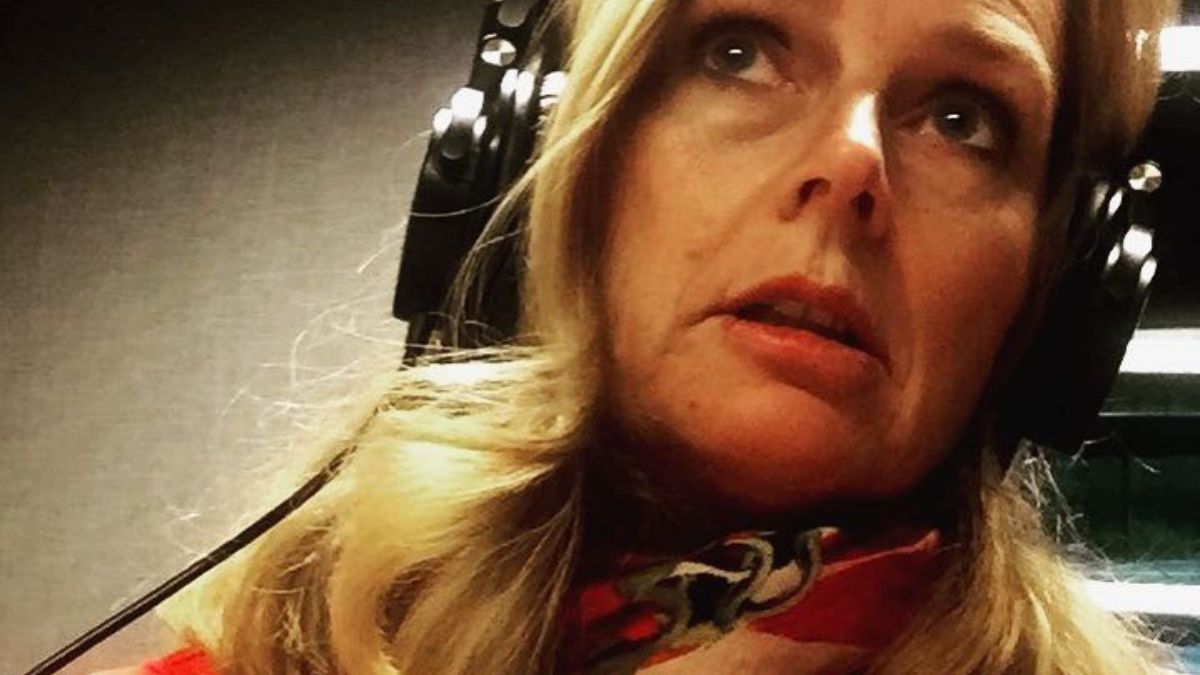
Your Voice is Your Legacy
Starting a podcast can feel like a daunting mountain to climb. But as with any great entrepreneurial journey, you do not climb it in a single leap. You climb it one deliberate, intentional step at a time.
Start with your why. Get clear on your who. Design your show. Master the basics of good audio. And then, most importantly, have the courage to hit "publish" and share your voice with the world.
A podcast is so much more than a marketing tool. It is a platform for connection. It is an engine for learning (I have learned as much from my guests as I hope my audience has). And it is a living, breathing archive of your ideas, your stories, and your contribution. It is a part of your legacy.
You have a unique perspective. You have a story to tell. You have a voice that someone, somewhere, is waiting to hear.
What is the one conversation you are most passionate about having? That is the seed of your podcast


